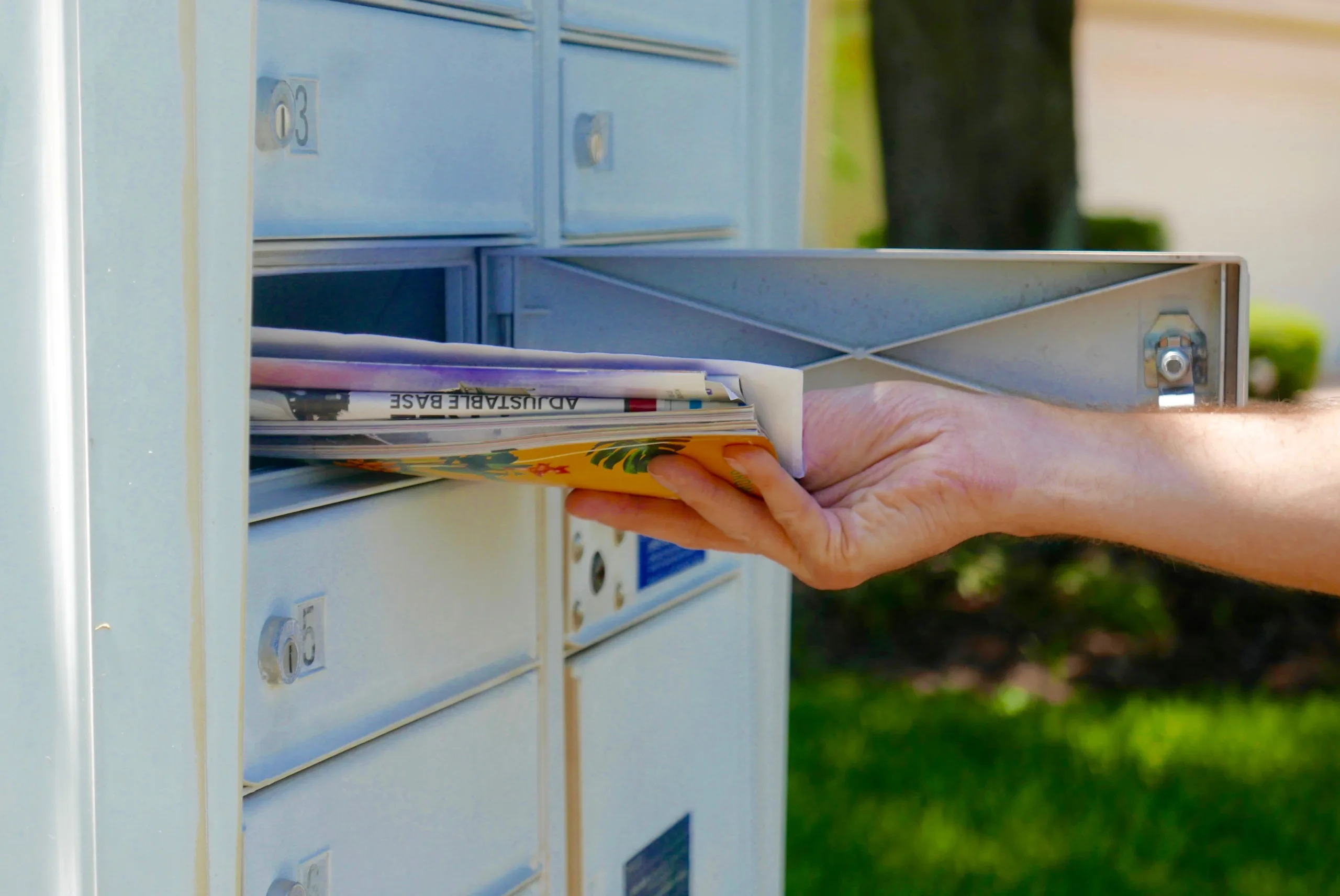Budgeting in any industry can be overwhelming, let alone if you’re putting together a nonprofit marketing budget. It can start to feel like everything is a priority as you sit down to plan. At the same time, it’s important to go into a new fiscal year being mindful of your spend. As you sit down to plan your overall finances for the year, setting up a nonprofit marketing budget is key to achieving the goals and initiatives you’re working towards.
Establishing budgeting goals and marketing objectives doesn’t have to be a daunting task either. When executed properly, they can help you make objective decisions and lay out steps for future success. We’ll cover the importance of creating a strategic nonprofit marketing budget, tips for getting started, and ideas for managing your budget throughout your fiscal year.
Why Is A Nonprofit Marketing Budget Important?
So why exactly is a budget important for your nonprofit, specifically when it comes to your marketing? From a high-level view, it’s key to pre-plan your marketing initiatives and make sure you have the right resources behind them.
If you’re curious what the average marketing budget nonprofits have in place is, research shows the average marketing budget for a nonprofit is 5-15% of your operating budget. However, one surprising study found that almost 20% of nonprofits had no firm budget and simply played it by ear, month to month.
As a nonprofit group, you likely put a lot of energy into impact initiatives like fundraising, donor relations, or event planning. But at the end of the day, marketing is an important piece to all of those activities.
By establishing budgeting goals up front, it’s a lot easier to advocate for the day-to-day support you’ll need before you’re in the midst of marketing work. Plus, when it comes time to review the year with your board, it makes reporting on your marketing strategy’s ROI much easier to track.
6 Best Practices When Creating a Budget for Nonprofits
You should start establishing your nonprofit marketing budget roughly 2 ½ to 3 months ahead of your new fiscal year. The average marketing budget for nonprofit organizations needs to account for cash flow, programs, advertising, and more.
Starting early will give you enough time to set up deadlines for internal and board approvals so you’re ready to get started when the fiscal year begins. Plus, it allows you to engage any outside vendors or marketing agencies that can offer extra outside support.
If you’re not sure where to begin, here are some great nonprofit budgeting tools from the National Council of Nonprofits and some best practices you can use as you’re putting it all together.
1. Set Your Strategy
To start, you’ll need to know the overarching objectives of your organization for the year. Marketing for brand awareness is great, but it’s not the only way you can use marketing to your advantage. Your marketing choices should be flexible enough to offer support in a variety of ways to different impact initiatives.
For example, marketing campaigns to help raise a specific donation amount vs. hosting an event to engage current volunteers look very different. Work with those top nonprofit-wide initiatives and then research how marketing will play a role in achieving them.
2. Determine Your Marketing Goals
Next, shifting our focus to defining nonprofit marketing goals, it’s time to establish specific goals that’ll directly support the broader organizational objectives you’ve identified through your research. These should be clear and measurable, and can include:
- Gain new members or donors
- Raise awareness of your mission
- Broaden your volunteer network
- Increased donations or support
- Driving qualified website traffic
As an example of how it all fits, consider a nonprofit that wants to find new volunteers. If there’s a sign-up form on the website, a marketing goal could be to drive more qualified website traffic to that landing page/form.
Increasing site traffic with visitors who have similar interests will give the organization greater visibility and help boost those volunteer numbers over time. Plus, as your site traffic grows over time, you’re likely to build your expertise, experience, authority, and trust (EEAT). This means you’ll perform better in search algorithms as well.
Another way to determine your marketing goals is to use the SMART Framework. This is a simple approach to creating achievable goals.
- Specific: Be clear about what you want to achieve
- Measurable: Set metrics and criteria to track progress and evaluate performance
- Actionable: Set goals that are realistic with the available resources
- Relevant: Set goals that align with your broader business objectives
- Time-bound: Establish clear time frames and deadlines to check progress
Once your goals are established, it’s time to consider the specific marketing actions you can take to reach them.
3. Understand Your Nonprofit Target Audience
Understanding your nonprofit target audience and how they prefer to communicate, as well as where they spend their time online and offline, is an important part of your marketing strategy. Selecting the right marketing channels for nonprofits to effectively connect with your target audience is the first step. This will prevent you from wasting resources on platforms where your audience isn’t present.
For example, knowing that 32% of donors are most likely to give via social media, followed by email at 30% can help you budget more money towards social media than print ads.
To maximize your reach and engagement, you should diversify your marketing channel mix by using a variety of platforms. This lets you connect with a broader spectrum of potential supporters.
Also, tailoring your messaging to each platform is key. Using the right messaging on the right channel makes sure that you’re not only seen but also heard and acted upon by your audience.
4. Pick Your Tactics & Plan Ahead
Keeping with our analogy, if your marketing goal is to drive more traffic your tactics may include investing in a PPC campaign or focusing on a content marketing strategy to help you work towards those goals.
And while you’re planning out your tactics, make sure that you’re including a good mix of both traditional and digital marketing efforts.
Some traditional marketing tactics to consider are:
- Print advertising
- Direct mail campaigns
- Radio messaging
- Billboard messaging
And some effective digital marketing tactics you can pair with these include:
- Social media advertising
- Internet radio messaging
- PPC / display advertising
- Organic internet marketing
- Website redesign or hosting and management updates
From there, decide how to allocate your budget, keeping those main goals in mind as well as any spending requirements. For example, there may be minimum spend amounts needed to do advertising via radio or social media.
If your nonprofit marketing budget also needs to cover events, consider setting up buckets per event. You can include budgeting to cover each event’s postage, signage, security, rental fees, printing, design, and more. That way those hidden costs won’t be unaccounted for in your budget.
As an extra safety net, consider also setting up a miscellaneous fund so you can plan for the unexpected and field any last-second requests. This can also come in handy for items with larger costs like photography, videography, or traditional media placements like TV and radio.
Once you’ve settled on which tactics are most important to reaching your marketing goals, you can start to craft your best marketing budget.

5. Communicate with Your Nonprofit Team
Nonprofit marketing typically covers a wide range of mission pillars from event planning, execution, follow-up, and everything in between. The key here is to have your action steps planned ahead so you have enough resources to cover all these demands.
While putting together your nonprofit marketing budget, there may be necessary tactics that require clear communication with the board or fall outside the scope of your team. For example, you might need to redesign your website to improve your branding, but if you don’t have the right dev and design support, that can be a challenge. If this falls outside of your budget, then you’ll need to discuss this with the nonprofit’s top stakeholders.
As you start to outline your marketing budget, communicate what’s needed for your marketing tactics to be successful, and also advocate for the resources your team will need to accomplish them. Establishing expectations at the start will make the months ahead easier to navigate.
6. Evaluate Performance & Measure Your Effectiveness
To get a sense of how well your marketing campaign is performing, it’s important to check your key performance indicators. For each marketing channel and the specific goals associated with them, it’s crucial to track relevant metrics and regularly assess how things are moving.
Tools like Google Analytics 4 (GA4) can be incredibly helpful. Setting up tracking from the beginning allows you to monitor site visitors, important actions (key events), how engaged users are with the content (engagement rate), and more. This provides valuable insights into what’s working and where adjustments are needed.
Managing Your Costs Throughout the Fiscal Year
Once your nonprofit marketing budget is in place, the next hardest part can be sticking to it and managing it throughout the year. Since the average marketing budget for a nonprofit is a small percentage of your budget, it can be easy to go over or use that for a different project. Here are some of our recommendations that can help, especially if you’re trying to maximize your dollars throughout the fiscal year.
Use Your Volunteer Network
It’s easy to think within the confines of what your team can do, but don’t forget there’s an entire community behind you that believes in your cause! Consider ways that organizations, volunteers, or other partners you have exposure to can help open the doors for growth and help you carry out marketing goals in a cost-effective manner.

Look for Trade or Pro-Bono Relationships
Be vigilant for any opportunities to create a mutually beneficial relationship that also helps you stay on budget. This could include:
- Trading venue fees for sponsorship highlights on event materials.
- Trading a free, mission-driven in-office lunch and learn for event volunteers.
- Trading board membership dues and seat for marketing support.
Don’t Just Think in the Present
It can get difficult if your staff gets bogged down with immediate fundraising needs or focuses on the event happening right now, with no preparation for what lies ahead. This short-sighted focus can hinder any necessary preparation for your next significant impact initiative, which could hinder its potential future success.
Most importantly don’t just stay in the moment with your marketing. Always keep an eye a month or two ahead, even while you’re evaluating the past months, to make any nonprofit marketing budget adjustments and stay on track.
How An Agency Can Make The Most of Your Money
As you begin establishing your goals and marketing budget, remember that you are not alone. If you’re finding that there are certain marketing goals that fall outside what your team’s expertise or you need help creating a well-rounded marketing plan, having an outside perspective can help.
Working with an agency can generate creative ideas for expanding your mission awareness into new markets at a reasonable cost. Streamlining your outsourced marketing support by working with a single agency can lead to long-term cost savings. It can also create a consistent support system for your marketing efforts.
Hiring a marketing agency can help you find the best strategy based on best practices and a more integrated approach. Instead of spending time and dollars on tactics that don’t work, a marketing agency will develop a strategy to generate results.
Outsourcing some of your marketing needs provides flexibility and access to specialized skills without having to pay full-time salaries or benefits, which can be hard to do at a nonprofit due to budget concerns.
Agencies have access to a variety of tools and other resources that could be expensive for individual businesses to acquire on their own. Using tools, agencies can deliver targeted campaigns quickly and efficiently.
Many nonprofits have trouble developing effective marketing strategies that connect them with their audiences and help them achieve their goals. Working with an outside agency can help you find the correct strategy quicker and not waste time with guesswork.
Plus, an experienced agency can help you when allocating funds for marketing channels you aren’t familiar with. They can help you determine the best spend for your money so you can make the best impact.
Looking for more advice on creating a nonprofit marketing budget? Listen to our podcast for insights from experienced nonprofit marketing professionals.




